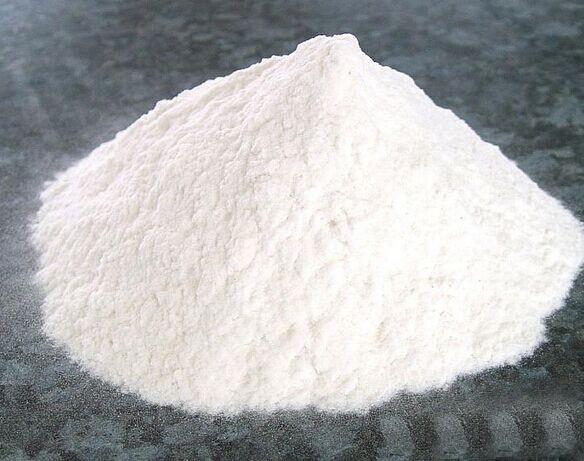Wheat no-tillage planter operating notes
1. While the machine is in operation, the operator standing on the pedal must be securely fastened to prevent personal injury. Always ensure that all safety harnesses or restraints are properly engaged before starting the equipment.
2. After the tractor has stalled, always stop the engine and turn off the power before performing any inspection, maintenance, adjustment, or repair work. This ensures the machine is completely de-energized and safe to handle.
3. During operation, never touch or come into contact with any area marked with warning signs or chains. These areas typically indicate high-risk zones where moving parts or dangerous mechanisms are present.
4. When lifting the equipment, do so smoothly and avoid sudden rises or drops, as this can damage the machinery. If the implement is not fully lifted, do not reverse or make sharp turns, as this could lead to instability or mechanical failure.
5. Before beginning any job, conduct a thorough field survey to identify and remove any obstacles that may interfere with the operation. Clearing the path ensures safer and more efficient performance of the task.
6. Tasks such as oiling, adding seeds, fertilizing, or cleaning debris should only be performed when the machine is parked and turned off. Before adding fertilizer, always check the seed box for any foreign debris to prevent clogging or malfunction.
The no-tillage planter is designed to use only granular fertilizer. Seeds added to the seed box should be clean and free of impurities to avoid blockages in the planting mechanism.
7. Never stand between the tractor and the seeder or sit on the implement while it is in operation. This position is extremely dangerous and increases the risk of serious injury if the machine moves unexpectedly.
8. Avoid unnecessary parking during operations to minimize the accumulation of seeds, fertilizers, or soil ridges. Frequent stops can lead to uneven distribution and affect the quality of the work.
9. It is strictly forbidden to inspect, adjust, or repair the seeder while it is raised and suspended. Always lower the implement to the ground and ensure the machine is stable before performing any maintenance tasks.
10. For pilot broadcasting: After attaching the seeder to the tractor, place a measured amount of seed in the seed box. Adjust the seeding rate to the desired setting and perform a test broadcast over a set distance. Remove the seeds, weigh them, and calculate the sowing rate by dividing the weight by the test area. Adjust the handle accordingly until the seeding rate is suitable for large-scale operations.
11. The rotary cutter should be gradually lowered onto the ground after it has been rotated. Never drop the equipment abruptly, as this can cause damage or loss of control.
12. Do not operate the machine while turning or reversing. These actions increase the risk of accidents and reduce the effectiveness of the operation.
13. Operations are prohibited when wind speed is high, during rainfall, or when the relative soil moisture content exceeds 70%. These conditions can affect the performance of the equipment and pose risks to the operator's safety.
Titanium dioxide, also known as titanium(IV) oxide or titania, is the naturally occurring oxide of titanium, chemical formula TiO2. When used as a pigment, it is called titanium white, Pigment White 6 (PW6), or CI 77891. Generally it is sourced from ilmenite, rutile and anatase. It has a wide range of applications, from paint to sunscreen to food coloring. When used as a food coloring, it has E number E171. World production in 2014 exceeded 9 million metric tons.

Titanium Dioxide,Rutile Titanium Dioxide,Anatase Titanium Dioxide,Pure Titanium Dioxide
Shandong Tiancheng Chemical Co., Ltd. , https://www.tianchengchemical.com